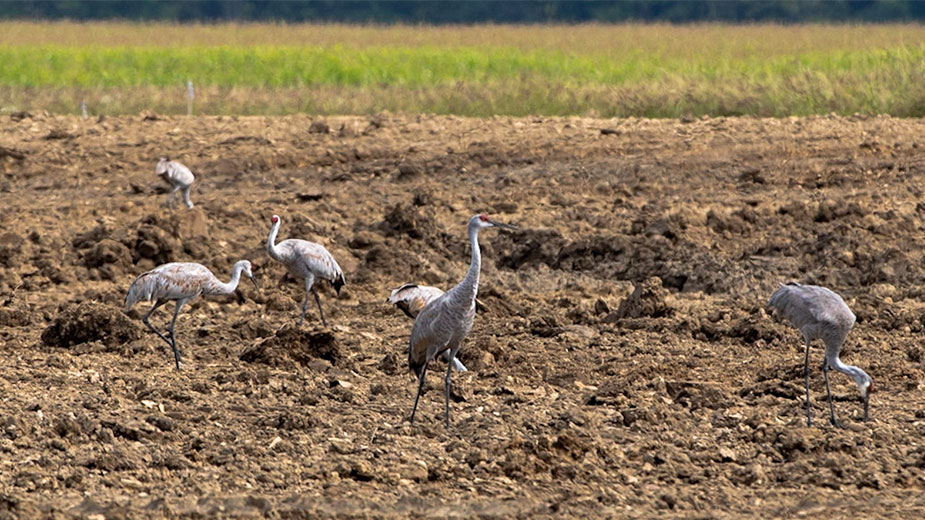Ultium Cells Partners to Restore Trumbull County Wildlife Refuge
COLUMBUS, Ohio — Ultium Cells LLC, The Stream + Wetlands Foundation and the Ohio Department of Natural Resources Division of Wildlife have partnered to restore a 172-acre wildlife habitat in Trumbull County.
ODNR said Monday that the project includes more than 130 acres of restored wetlands on a site that was previously farmed to control woody invasive plants at the Mosquito Creek Wildlife Refuge.
“Creating this expansive wetland will improve and conserve water quality at Mosquito Creek Wildlife Refuge,” said Division of Wildlife Chief Kendra Wecker. “Wetland habitat is vital for many Ohio wildlife species, including some that are threatened or endangered. Thanks to our partners at Ultium Cells and the Stream + Wetlands Foundation, we will preserve this beneficial habitat in perpetuity.”
The Stream + Wetlands Foundation and Ultium worked with the Division of Wildlife to establish the wetland – just north of Mahan Denman Road in Mecca Township. ODNR’s Division of Wildlife will ultimately manage the site.
Ultium Cells, a joint venture between General Motors and LG Energy Solution, is building a $2.3 billion electric-vehicle battery plant in Lordstown.
“The Mosquito Creek Wildlife Refuge is an important part of our Northeast Ohio communities,” said Tom Gallagher, chief operating office of Ultium Cells. “At Ultium Cells we’re focused on helping the transportation industry move closer to a world with zero emissions propulsion. Battery cells that enable electrification are an important step in this direction and away from fossil fuels but our commitment to sustainability doesn’t end there. We’re grateful for our partnerships with the ODNR, Stream + Wetlands and the state and federal agencies that helped to develop a project that will enhance and protect the environment and biodiversity of the Mosquito Creek watershed for generations to come.”
The wetland mitigation project will restore habitats such as wet meadow, forest, scrub shrub, shallow emergent marsh and deep emergent marsh. The established wetlands and uplands on the site will help to improve water quality, habitat diversity, and ecological connectivity for imperiled birds, amphibians and other wildlife species in and near the Mosquito Creek Wildlife Area.
The project will help preserve the habitat for state-listed threatened and endangered species such as the trumpeter swan and sandhill crane, ODNR said. Bald eagles, with a penchant for hunting and establishing nests in forested wetlands, will also thrive, as will waterfowl such as mallards, wood ducks and blue-winged teal.
Although the newly established wetland falls within the Mosquito Creek Wildlife Refuge, hunters will be granted controlled access with a permit to pursue waterfowl and white-tailed deer.
Ultium retained the Stream + Wetlands Foundation, an Ohio-based nonprofit that specializes in restoring, rehabilitating and protecting wetland and stream habitat for the project. Construction activities for the wetland mitigation project began in early May 2020 and planting of the project was completed in April 2021.
Pictured: Sandhill cranes from the wetland mitigation site at Mosquito Creek Wildlife Refuge. (Image: Aaron Van Ostran of the Stream + Wetlands Foundation.)
Published by The Business Journal, Youngstown, Ohio.



